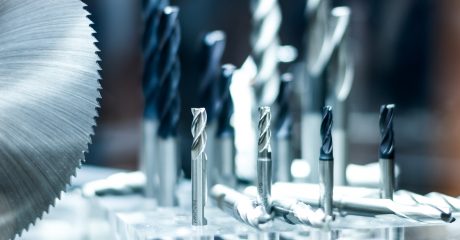Custom tools are made to last. However, that doesn’t mean reconditioning or regrinding them once in a while is a bad idea. In fact, it’s encouraged. Whether you need to sharpen a blade, replace a spring or add a new grip to your tool, reconditioning can add years of life to your custom tools.
At Custom Tool, we are equipped with the skills for tool regrinding, tool reconditioning, tool coating, and medical tool grinding to name a few. Regular maintenance ensures your tools are performing the way you want them to, allowing you to continue to manufacture your products with the precision you need.
Tool Regrinding
Custom Tool regrinds pretty much every type of cutting tool regardless of size or type. Whether it be HSS, solid carbide or carbide tipped tools, we can help. Without a doubt, regrinding, saves you both money and time in the long run. When purchasing your cutting tools, it’s imperative to make sure regrinding is possible. When considering regrinding it is better to be safe than sorry. If you notice your cutting tools getting dull, be proactive and send them in for regrinding. It’s also worth noting that medical tool regrinding is incredibly important as well.
Tool Reconditioning
Much like tool regrinding, Custom Tool is also equipped for tool reconditioning. The team is capable of retipping, refluting and other processes that require more than just your typical regrind. Again, making sure the tools you are purchasing are available for reconditioning is important to consider, as it will save you money in the long run. Regular maintenance is key and will eliminate downtime in your shop.
Tool Coating
New tool coating can be applied to any tool we regrind or recondition. We are able to apply tool coating to manufactured tooling, increasing the the tools life.
Preparing for the regrinding process
If you are sending your tools in for regrinding or reconditioning, consider one person to be in charge of the process to:
- Gather the tools
- Box the tools
- Send the tools in for regrinding
- Take Inventory
- Put the tools back into production when they return
Having one person keep track eliminates the chance of confusion in the shop. It’s also helpful to keep a spreadsheet, or some sort of hard copy, so you know what went out, when to expect it back in, and how to limit the shop’s downtime.
Give us a call…
At Custom Tool and Grinding, we offer tool regrinding, reconditioning and other services for industrial clients. To find out more about our services, contact us today.
